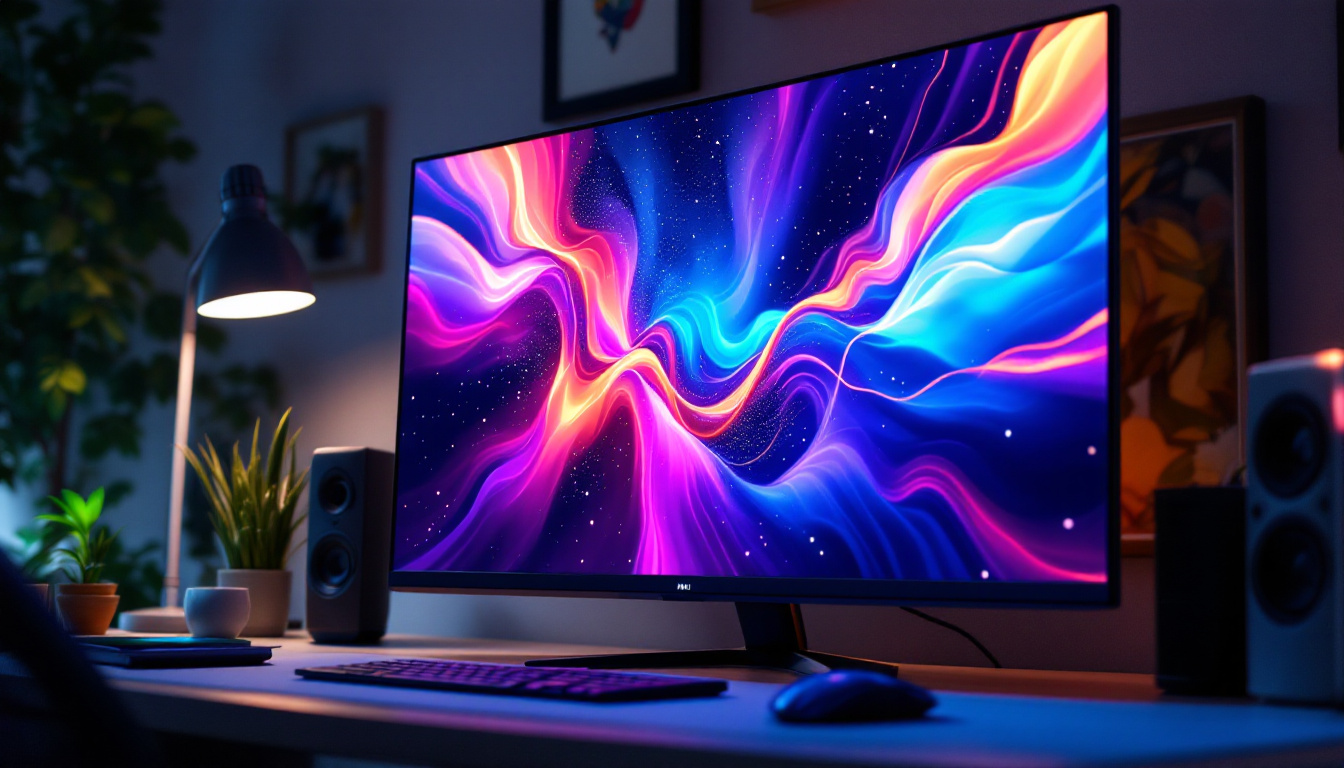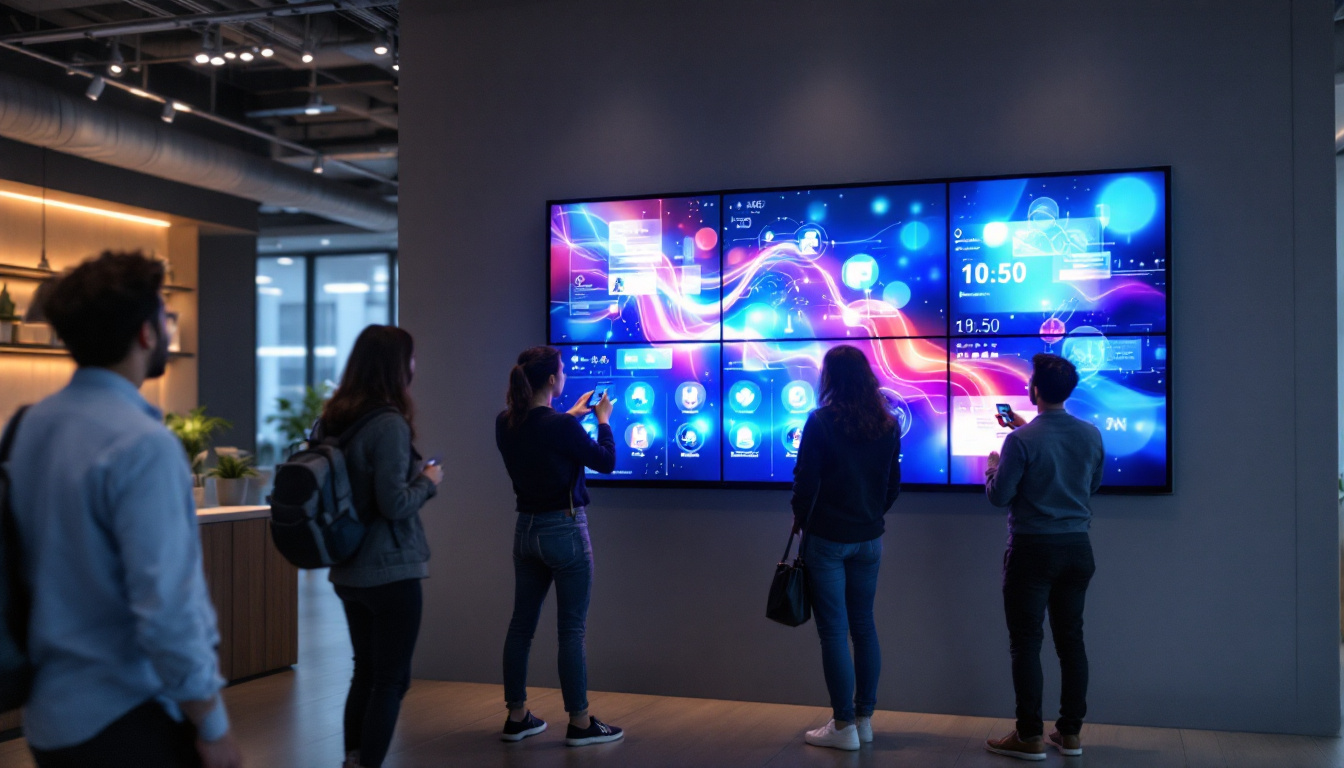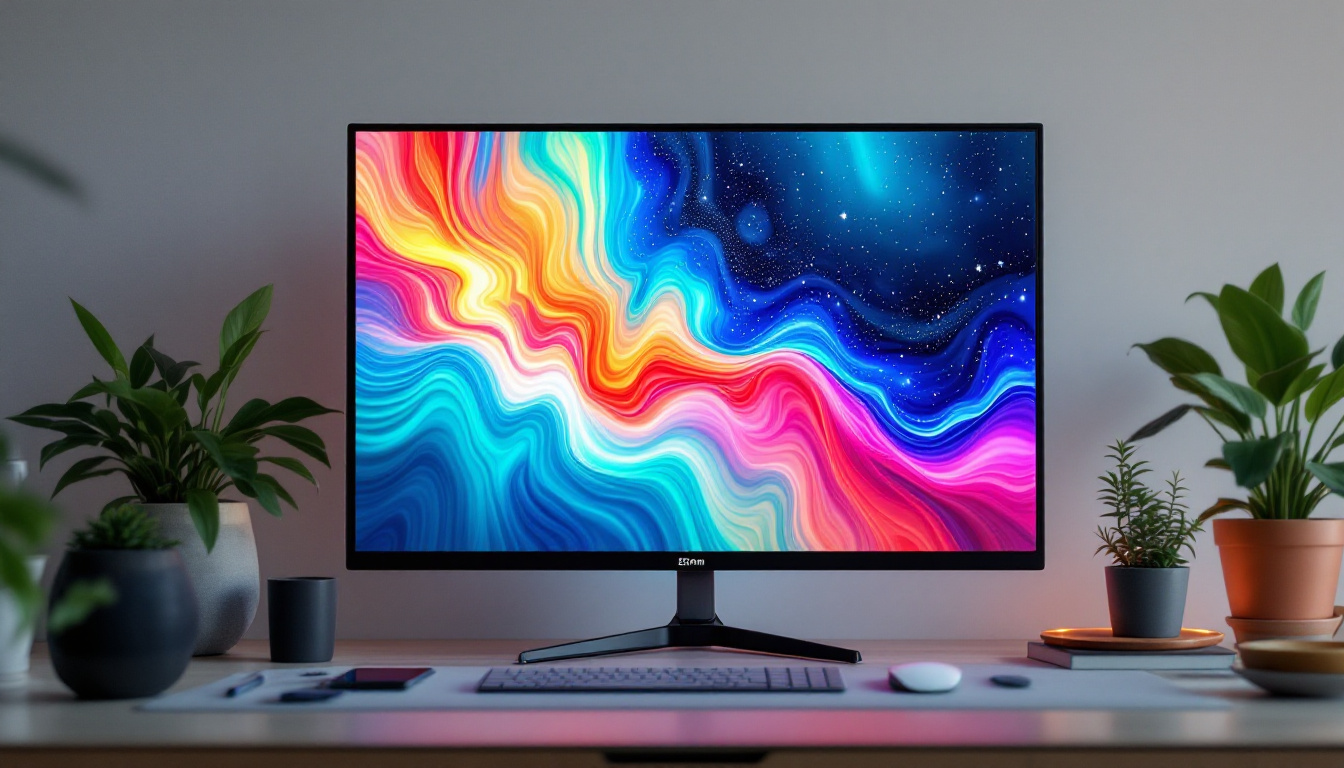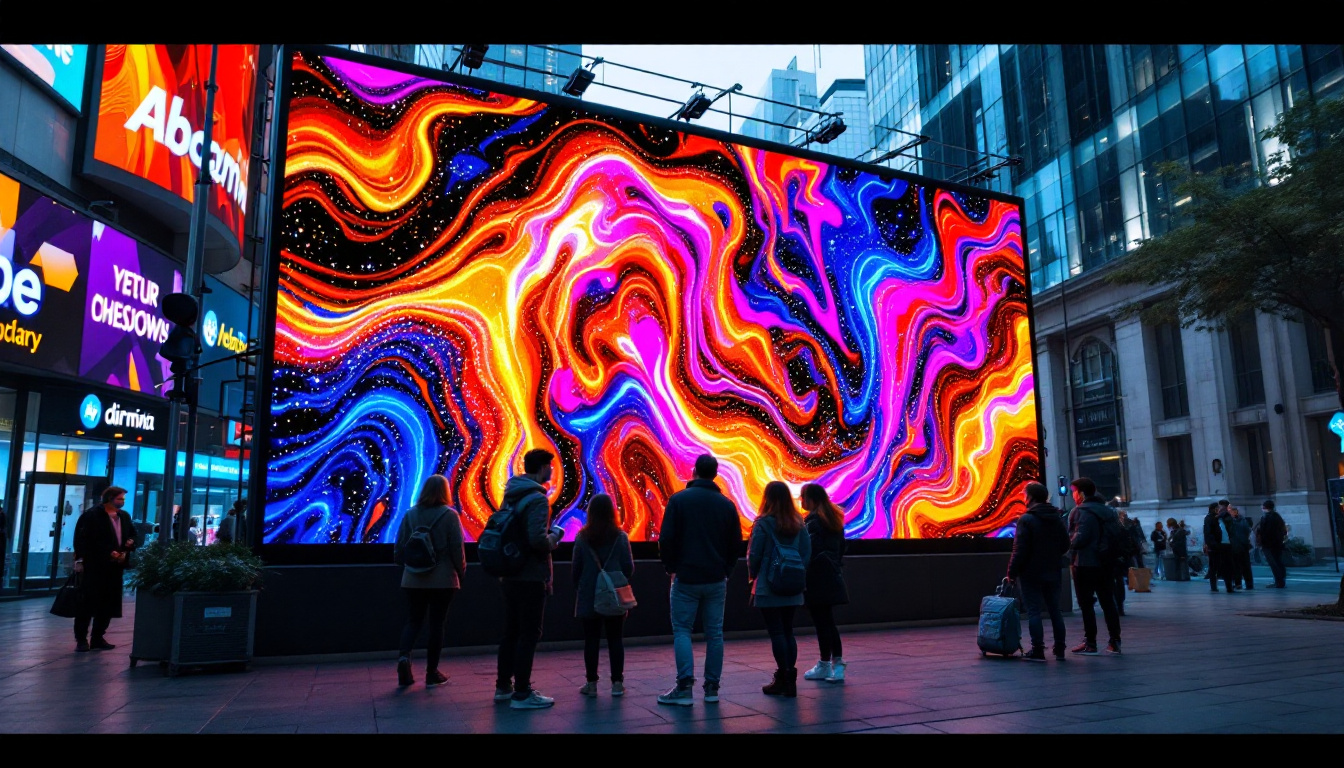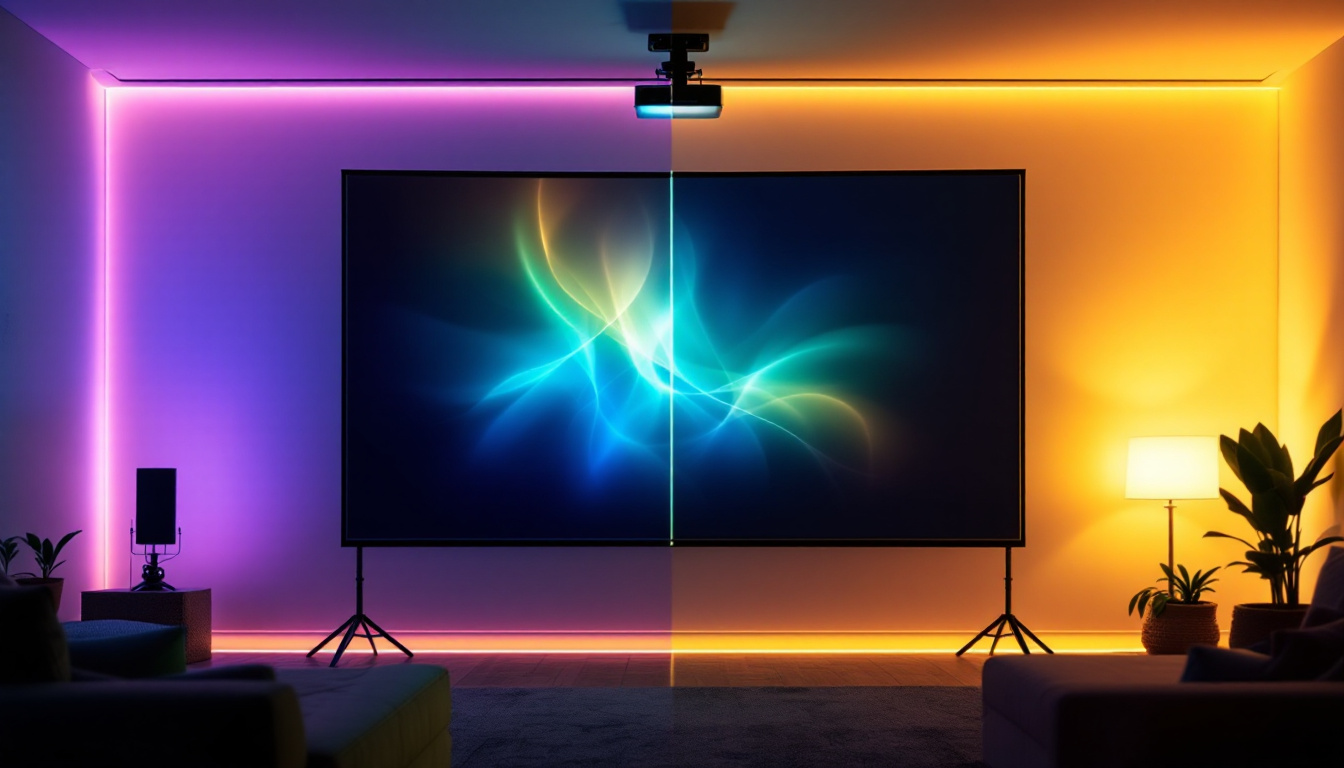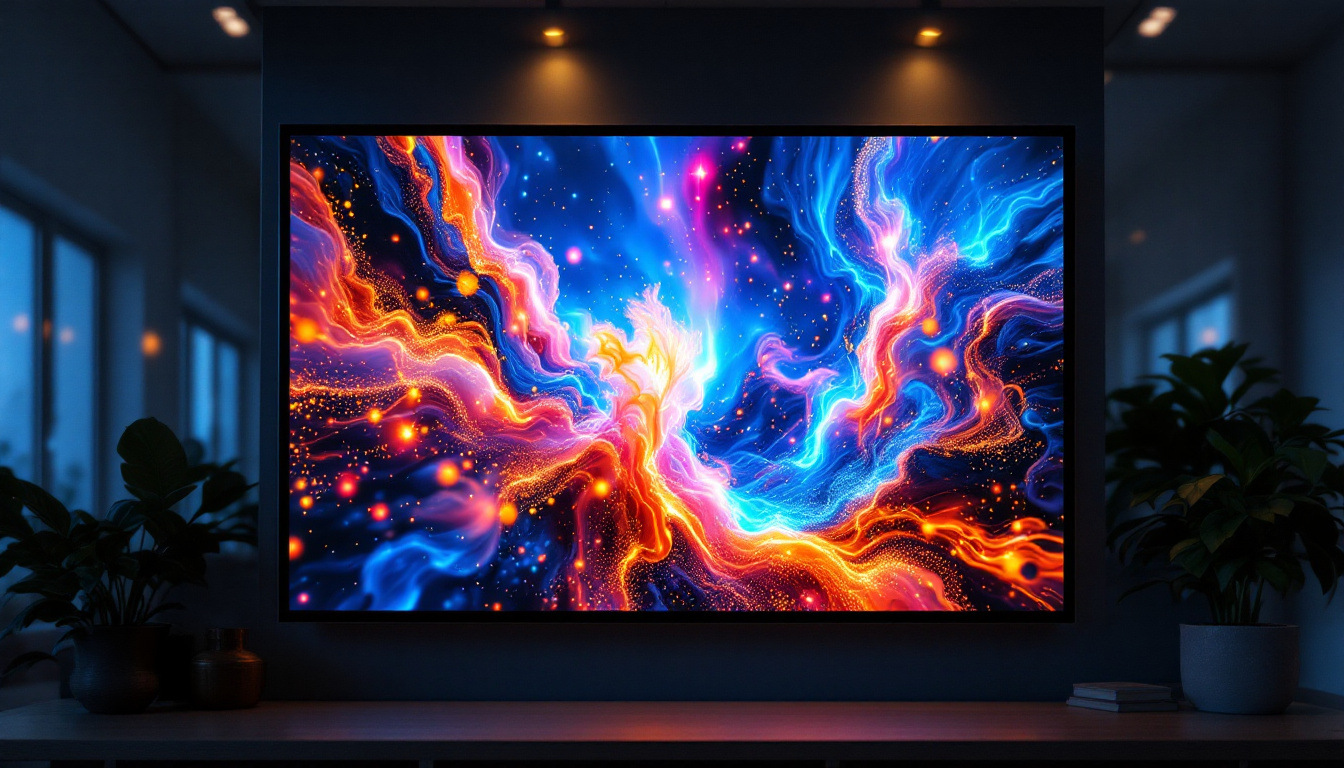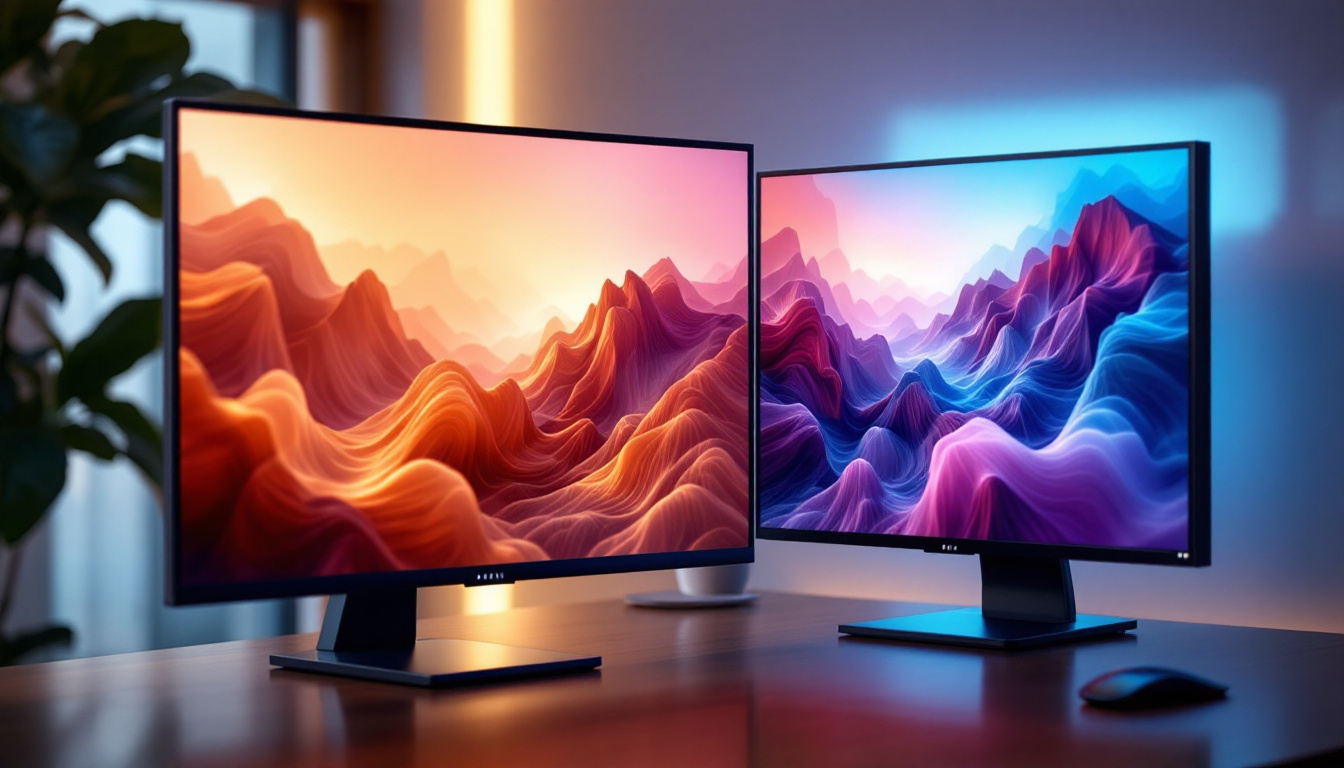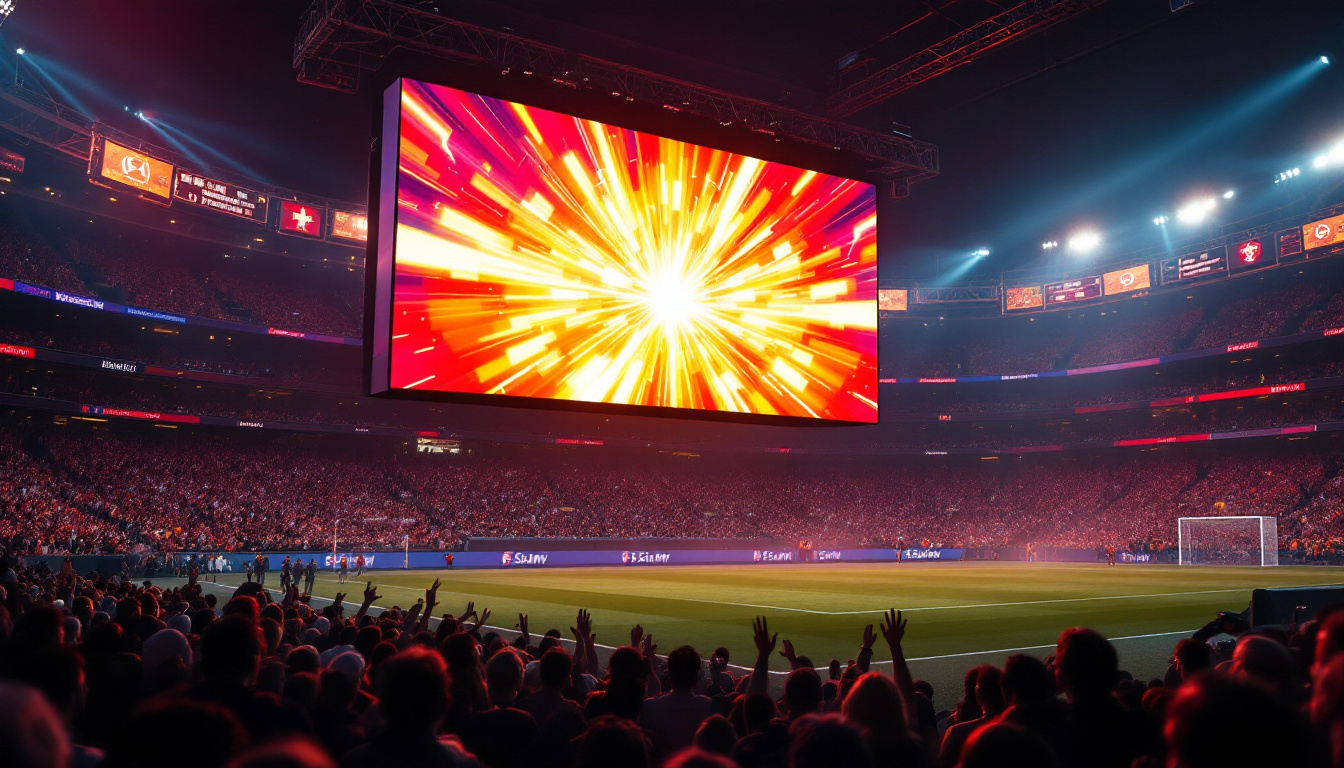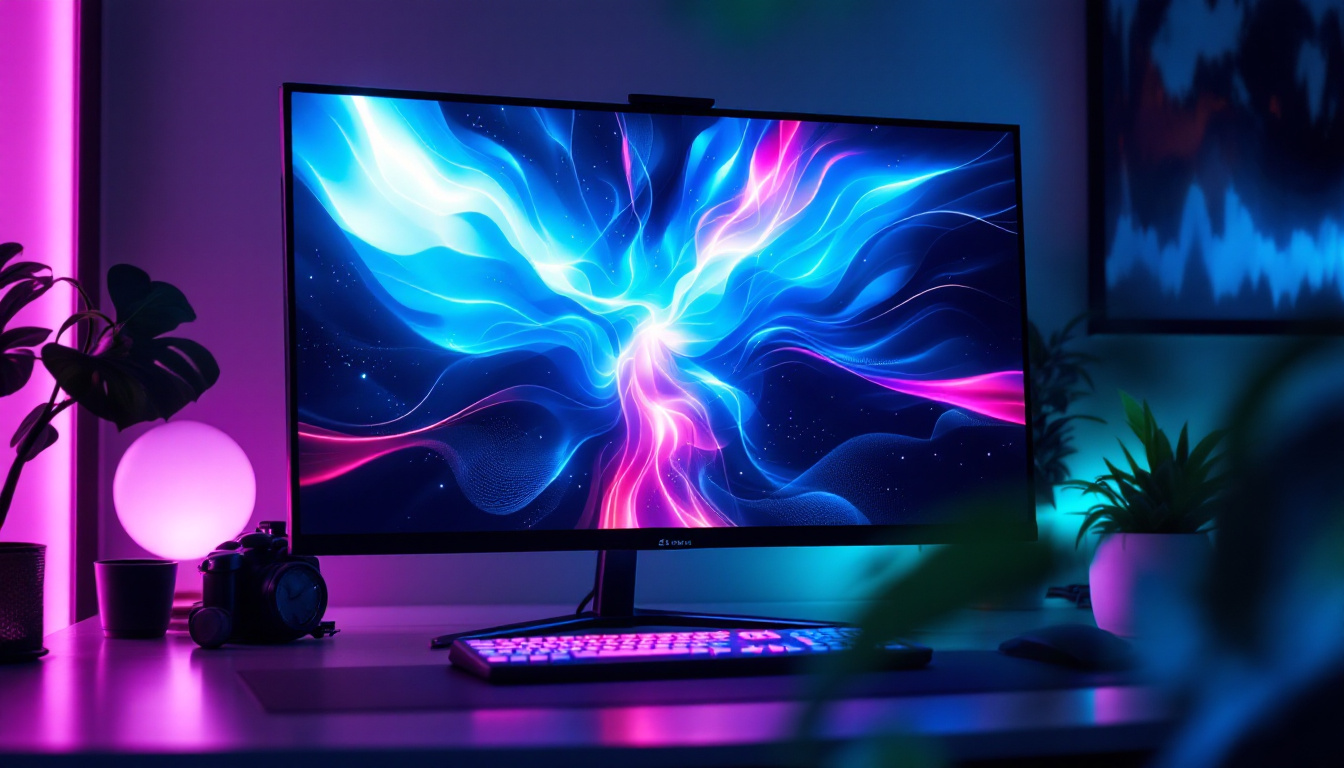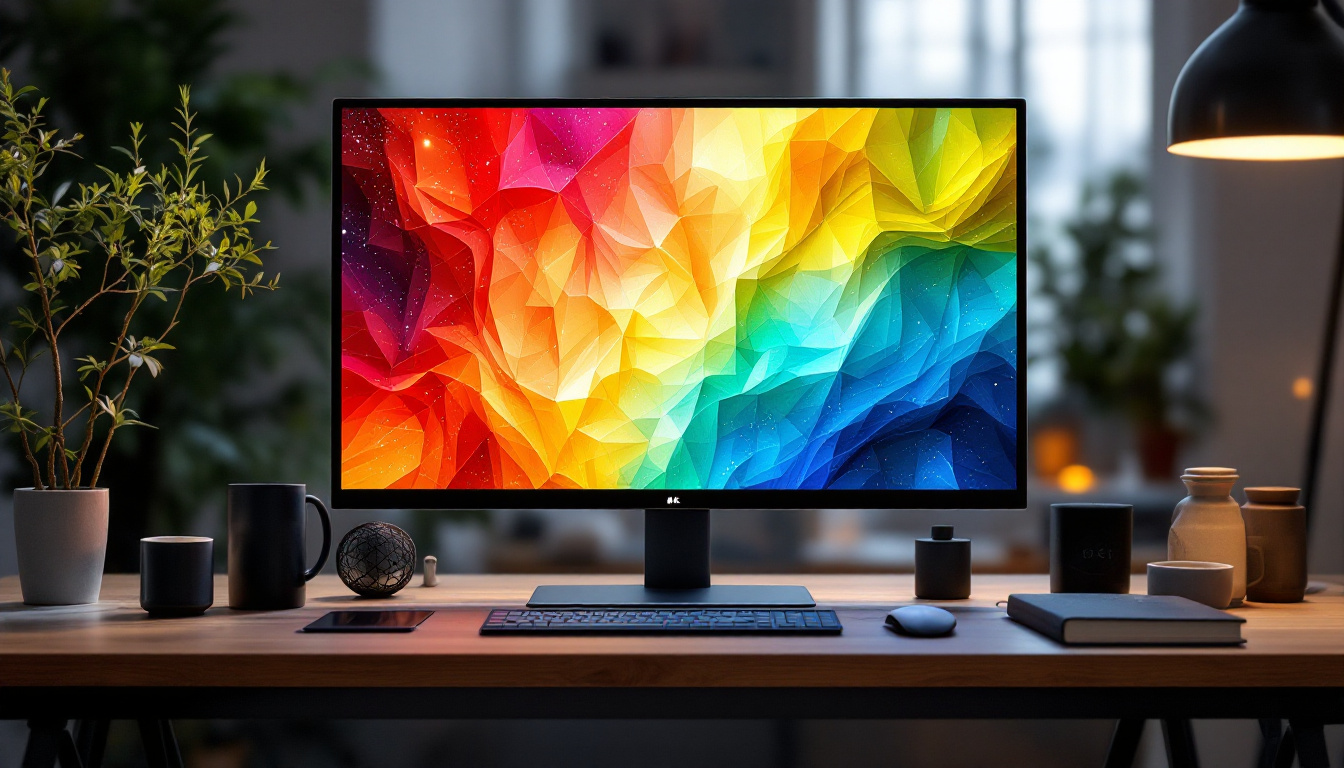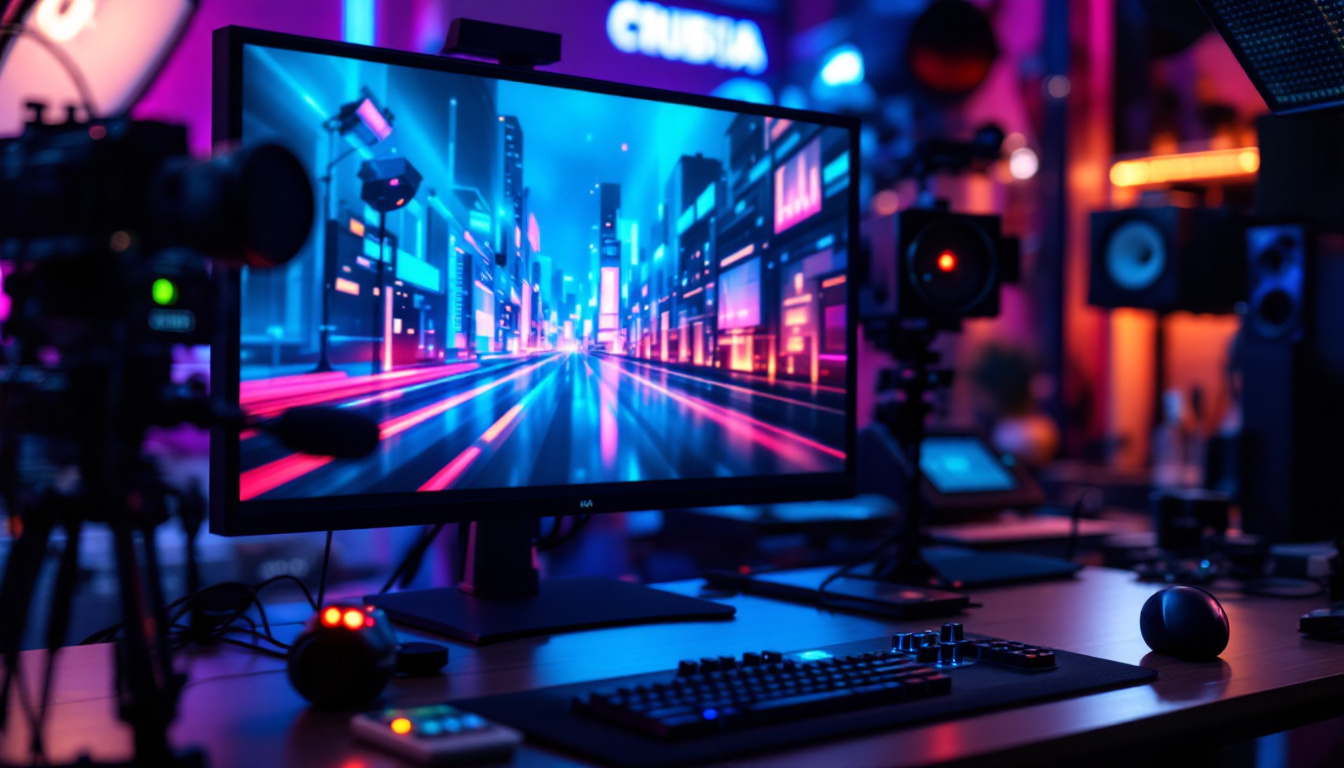In the rapidly evolving world of technology, monitors have become an essential part of both personal and professional environments. With a myriad of options available, understanding the different types of panels in monitors is crucial for making informed decisions. This article delves into LED displays, exploring their various types, advantages, and applications.
Understanding LED Technology
LED, or Light Emitting Diode, technology has revolutionized the way displays are designed and manufactured. Unlike traditional LCDs that rely on fluorescent backlighting, LED displays use small diodes to produce light, resulting in brighter images and improved energy efficiency. This advancement has led to a variety of panel types, each with unique characteristics and benefits. From televisions to computer monitors, the versatility of LED technology has made it a staple in modern display solutions, catering to both casual users and professional environments alike.
How LED Displays Work
At the core of LED display technology is the principle of electroluminescence. When an electric current passes through a semiconductor material, it emits light. In LED monitors, this light is used to illuminate pixels, creating the images seen on the screen. The use of multiple diodes allows for a wider color spectrum and better contrast ratios, enhancing the overall viewing experience. Moreover, advancements in technology have led to the development of various LED configurations, such as edge-lit and full-array backlighting, each offering distinct benefits in terms of brightness uniformity and color accuracy.
Benefits of LED Displays
LED displays offer numerous advantages over traditional display technologies. They are generally more energy-efficient, consuming less power while providing brighter and more vibrant images. Additionally, LED monitors often have a longer lifespan and are less prone to screen burn-in, making them a more durable choice for consumers. The compact nature of LEDs also allows for thinner and lighter designs, enabling manufacturers to create sleek and modern displays that fit seamlessly into any environment. Furthermore, the rapid response time of LED technology minimizes motion blur, making it an excellent choice for fast-paced gaming and high-definition video playback.
Another significant benefit of LED displays is their environmental impact. Many LED products are designed to be more eco-friendly, utilizing materials that are free from harmful substances like mercury, which is commonly found in traditional fluorescent lighting. This shift not only reduces the ecological footprint of manufacturing but also promotes safer disposal practices. Additionally, the energy savings associated with LED technology contribute to lower electricity bills for consumers, making it a financially savvy choice in the long run. As the demand for sustainable technology continues to rise, LED displays are poised to play a crucial role in the future of visual technology.
Types of LED Panels
LED displays can be categorized into several types based on their panel technology. Each type has its own set of features, making them suitable for different applications. Understanding these types can help users select the best monitor for their needs.
Twisted Nematic (TN) Panels
Twisted Nematic panels are one of the most common types of LED displays. Known for their fast response times, TN panels are particularly favored by gamers and those who require quick refresh rates. However, they come with some drawbacks, including limited viewing angles and less accurate color reproduction compared to other panel types.
Despite these limitations, TN panels are often more affordable, making them an attractive option for budget-conscious consumers. Their speed and efficiency make them ideal for competitive gaming, where every millisecond counts. Additionally, TN panels are typically lighter and thinner, which can be beneficial for those looking to save space or create a sleek setup.
In-Plane Switching (IPS) Panels
In-Plane Switching panels are renowned for their superior color accuracy and wide viewing angles. Unlike TN panels, IPS technology allows liquid crystals to align in parallel to the glass substrate, resulting in better color consistency and contrast. This makes IPS panels a preferred choice for graphic designers, photographers, and anyone who requires precise color representation.
While IPS panels typically have slower response times than TN panels, advancements in technology have narrowed this gap. Many modern IPS displays now offer competitive refresh rates, making them suitable for gaming as well. Furthermore, the enhanced viewing angles of IPS panels mean that multiple people can enjoy the same screen without significant color distortion, making them ideal for collaborative workspaces or family movie nights.
Vertical Alignment (VA) Panels
Vertical Alignment panels strike a balance between TN and IPS technologies. They offer better contrast ratios than TN panels and improved color accuracy compared to traditional VA displays. VA panels are particularly well-suited for watching movies and playing games in darker environments, as they can produce deeper blacks and richer colors.
However, VA panels may not perform as well in terms of response time, which can be a consideration for competitive gamers. Nonetheless, their overall performance makes them a versatile choice for a wide range of applications. Additionally, VA panels often feature enhanced brightness levels, making them suitable for bright environments where other panel types might struggle to deliver a clear image. This versatility allows users to enjoy a variety of content, from high-octane gaming to cinematic experiences, without compromising on quality.
Comparing Panel Types
When choosing a monitor, it is essential to compare the different panel types to find the one that best meets specific needs. Each panel technology has its strengths and weaknesses, and understanding these can help users make an informed decision.
Response Time and Refresh Rate
Response time and refresh rate are critical factors for gamers and those who use their monitors for fast-paced activities. TN panels typically offer the fastest response times, often under 1 ms, making them ideal for competitive gaming. In contrast, IPS panels, while improving, usually have slightly slower response times, ranging from 4 ms to 8 ms.
Refresh rate, measured in hertz (Hz), indicates how many times the display refreshes per second. Higher refresh rates lead to smoother motion and less motion blur. Many modern monitors now offer refresh rates of 144 Hz or even 240 Hz, catering to the needs of gamers and multimedia enthusiasts.
Color Accuracy and Viewing Angles
Color accuracy is paramount for professionals in fields such as graphic design and photography. IPS panels excel in this area, providing a wider color gamut and more consistent colors across various viewing angles. TN panels, on the other hand, may suffer from color distortion when viewed from off-angles, making them less suitable for tasks requiring precise color work.
VA panels offer a middle ground, delivering good color accuracy and better viewing angles than TN panels, though they may not match the performance of IPS displays. This makes them a viable option for general use and entertainment.
Applications of Different Panel Types
Understanding the applications of various panel types can help users choose the right monitor for their specific needs. Different environments and tasks require different features, and selecting the appropriate panel can enhance productivity and enjoyment.
Gaming
For gamers, the choice of monitor can significantly impact the gaming experience. TN panels are often favored for their rapid response times, allowing for quick reactions in fast-paced games. However, many gamers are now turning to high-refresh-rate IPS panels, which offer a balance between speed and color accuracy. This shift is particularly evident in competitive gaming, where both performance and visual quality are crucial.
Professional Use
In professional environments, such as graphic design, video editing, and photography, color accuracy is paramount. IPS panels are the go-to choice for these applications, as they provide the best color reproduction and consistency. Professionals often invest in high-end IPS monitors that support wide color gamuts and advanced calibration options to ensure their work is represented accurately.
General Use and Multimedia
For general use, including web browsing, office work, and multimedia consumption, VA panels can be an excellent choice. They offer good contrast ratios and color performance, making them suitable for watching movies and casual gaming. Users looking for a versatile monitor that performs well in various tasks may find VA panels to be an attractive option.
Future Trends in Monitor Technology
The world of monitor technology is continually evolving, with new advancements on the horizon. As consumer demands increase, manufacturers are exploring innovative solutions to enhance display performance and user experience.
Mini-LED and Micro-LED Technologies
Mini-LED and Micro-LED technologies are emerging as potential game-changers in the monitor market. Mini-LED technology uses smaller LEDs for backlighting, allowing for improved contrast ratios and better local dimming capabilities. This results in deeper blacks and brighter highlights, enhancing the overall picture quality.
Micro-LED technology, on the other hand, utilizes tiny self-emissive LEDs to create images without the need for backlighting. This offers the potential for even greater color accuracy, contrast, and energy efficiency. As these technologies mature, they may redefine the standards for display quality in both consumer and professional markets.
Increased Focus on Sustainability
As environmental concerns continue to rise, manufacturers are placing greater emphasis on sustainability in monitor production. This includes using eco-friendly materials, reducing energy consumption, and implementing recycling programs for old monitors. Consumers are becoming more conscious of their purchasing decisions, and manufacturers are responding by prioritizing sustainable practices.
Conclusion
Understanding the different types of LED panels in monitors is essential for making informed choices in today’s technology-driven world. Each panel type—TN, IPS, and VA—offers unique advantages and disadvantages, catering to various needs and preferences. Whether for gaming, professional use, or general multimedia consumption, selecting the right monitor can significantly enhance the overall experience.
As technology continues to advance, staying informed about emerging trends and innovations will be vital for consumers and professionals alike. With options like Mini-LED and Micro-LED on the horizon, the future of monitor technology promises to deliver even more exciting possibilities.
Discover the Future of LED Displays with LumenMatrix
Ready to experience the pinnacle of LED display technology? LumenMatrix is at the forefront of innovation, offering a comprehensive range of LED display solutions tailored to your unique needs. From captivating Indoor LED Wall Displays to dynamic Outdoor LED Wall Displays, and from versatile Vehicle LED Displays to sleek LED Poster Displays, our products are designed to revolutionize visual communication. Embrace the future with our advanced LED Sports Displays, interactive Floor LED Displays, and customizable Custom LED Displays. Elevate your brand’s presence with our All-in-One LED Display and LED Transparent Display options. Don’t just take our word for it—check out LumenMatrix LED Display Solutions today and see how we can help you create unforgettable visual experiences and share your message with unparalleled impact and clarity.


